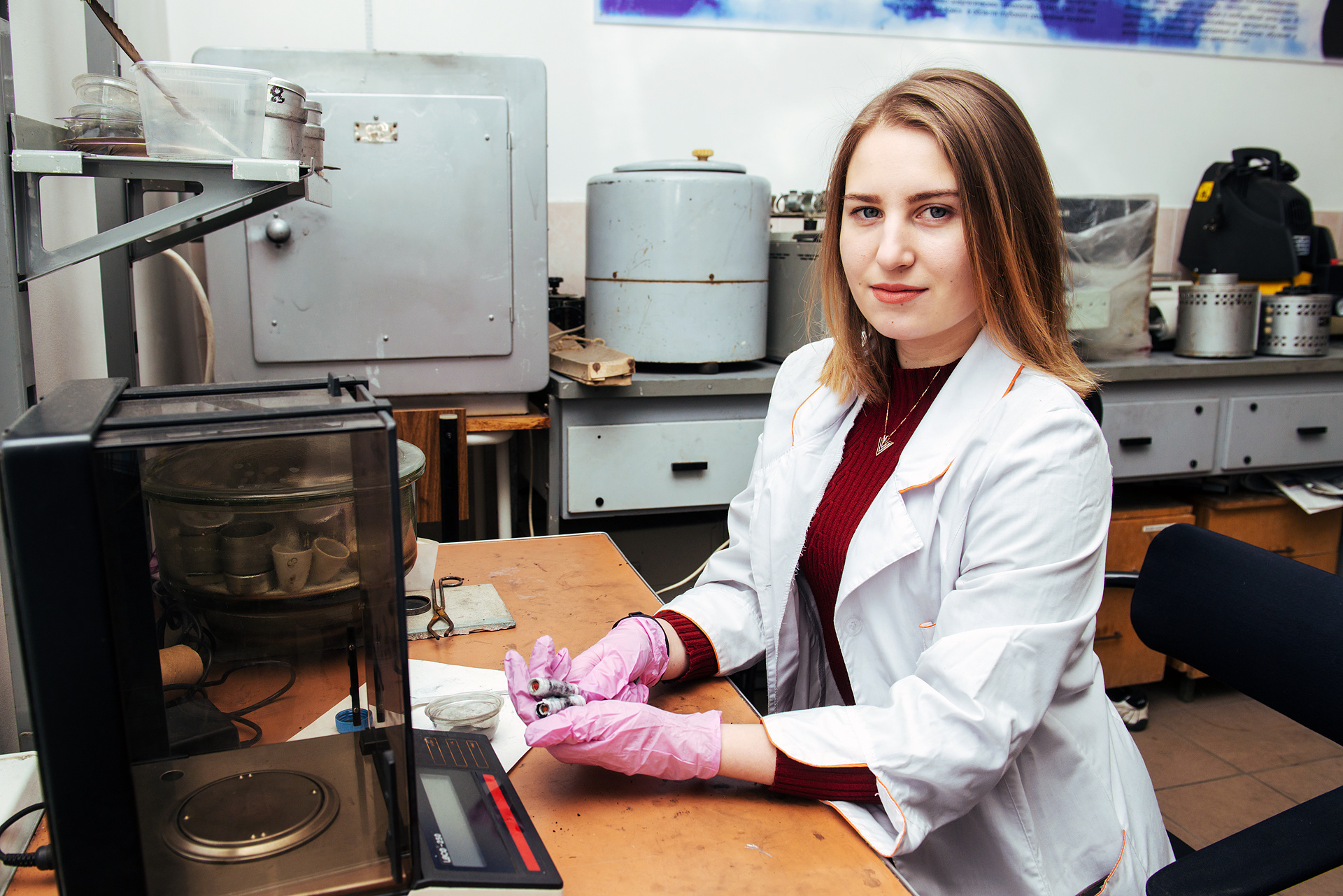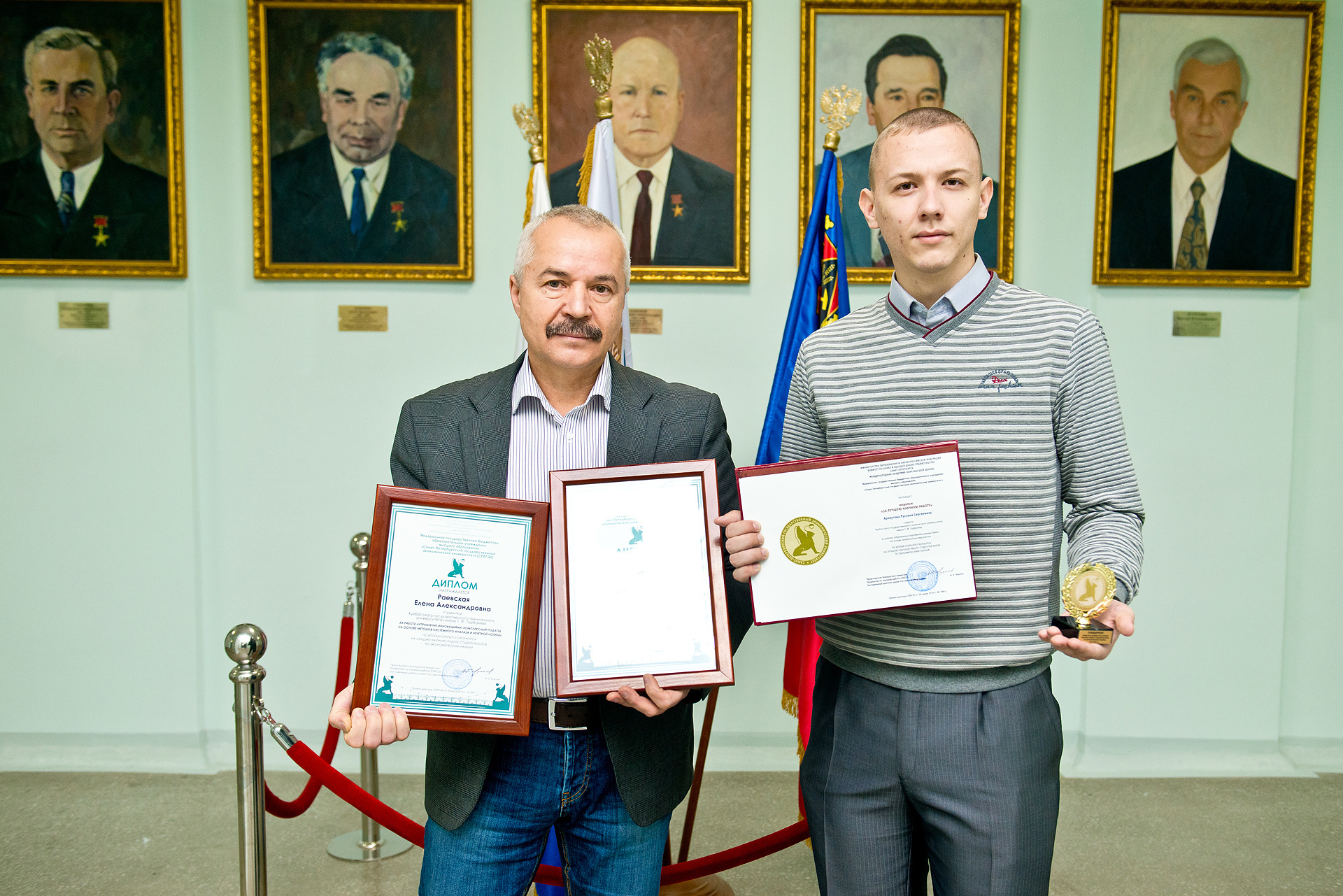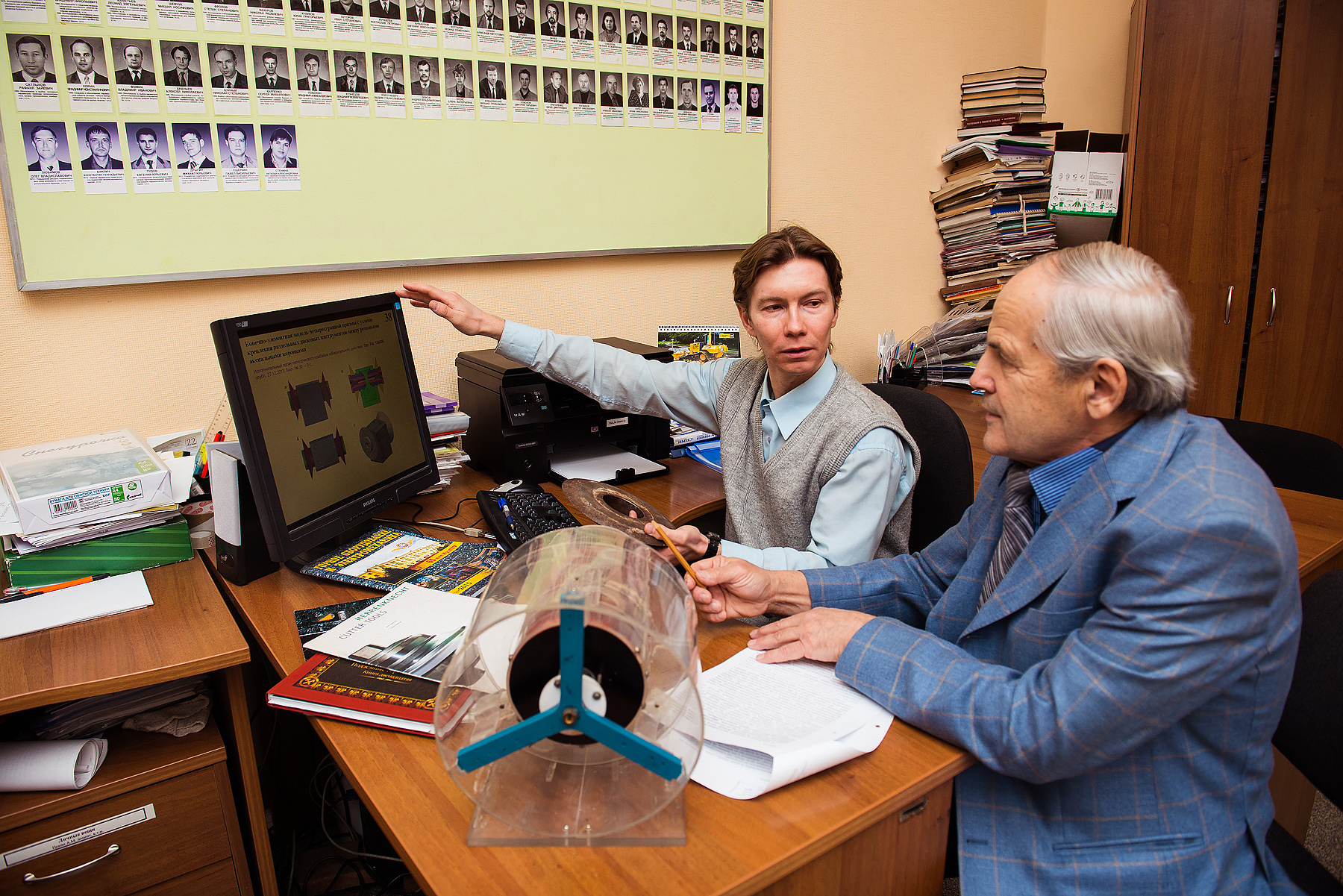From the moment of its foundation, T.F. Gorbachev Kuzbass State Technical University has been not only a center for training personnel for industry, but also an important center for scientific research.
The scientific and innovative structure includes the Scientific and Technical Council, the Scientific and Innovative Department, the Institute of Industrial and Environmental Safety, the Department of postgraduate and doctoral studies. Also, there are units functioning on a regular basis in KuzSTU such as the Council of Young Scientists, student scientific societies, an engineering center, a resource center for collective use, scientific and educational centers, and research laboratories.
Today, more than 20 scientific laboratories and 15 scientific and expert centers are working fruitfully as part of the university.
The priority areas for the development of research and innovative activities of the university include modern technologies and equipment for coal extraction; coal chemistry and deep coal processing; technogenic and ecological safety of coal-mining areas; mining engineering, robotization and automation of coal mining, post-mining, and ecology.
To date, nine scientific schools have been formed at the University, and there are two dissertation councils.
The University has joint laboratories and centers of world-famous companies such as Liebher, Becker Mining, ZMJ, BELAZ, KAMAZ, Kuka, Fanuc and others.
For 5 years in a row, employees and students of KuzSTU have made more than 11,700 publications, 2,300 of them in 2020 alone.
In early 2019, KuzSTU joined the work of the world-class Scientific and Academic Center Kuzbass. Currently, the scientists are working on several promising scientific projects, the largest of which are "Integrated technology of coal processing for obtaining a new type of raw material for the production of carbon fibers", "Integrated processing of waste from coal mining and coal processing with the recovery of rare and rare earth elements", "Development of production and consumption of LNG in the mining industry”.

|

|

|
